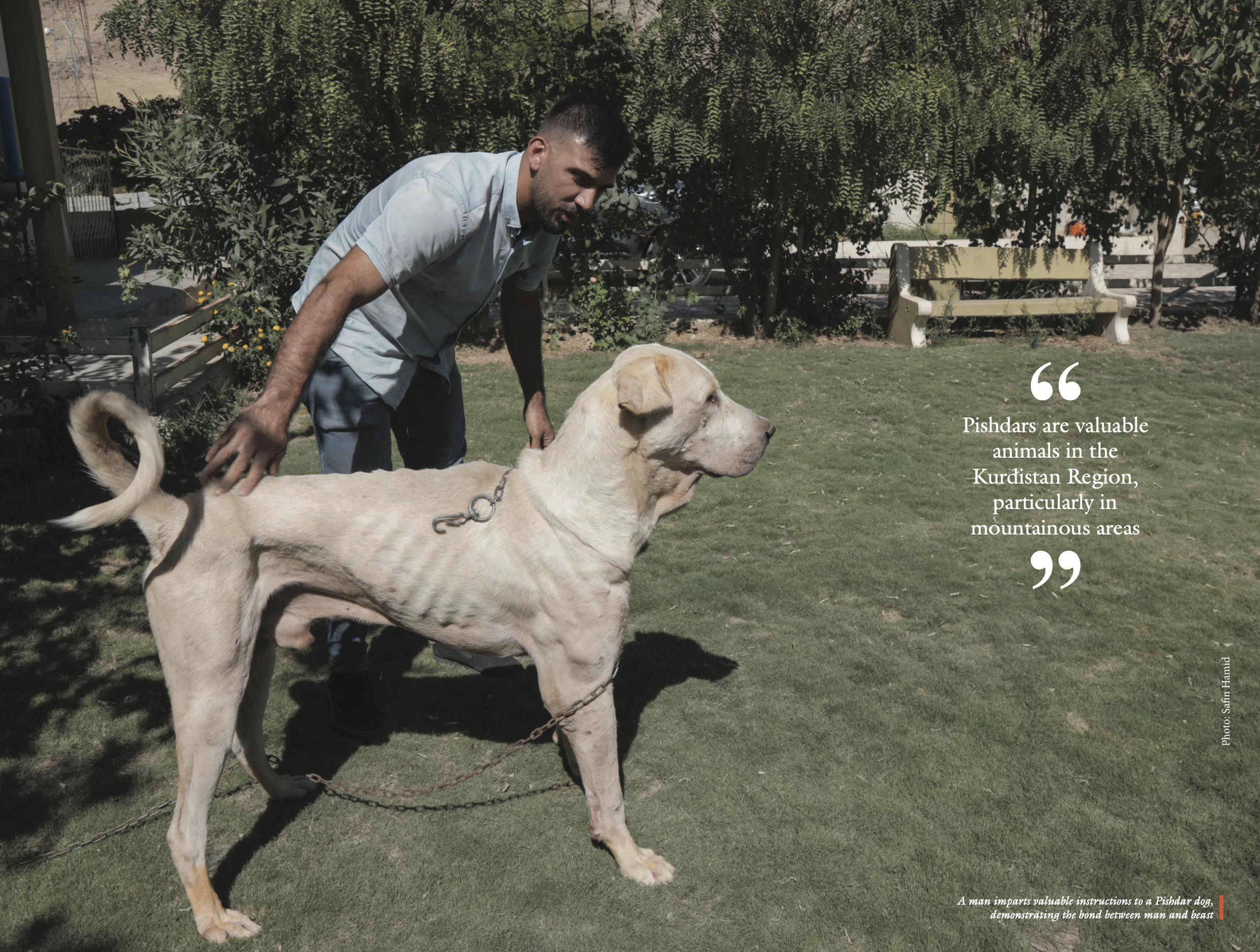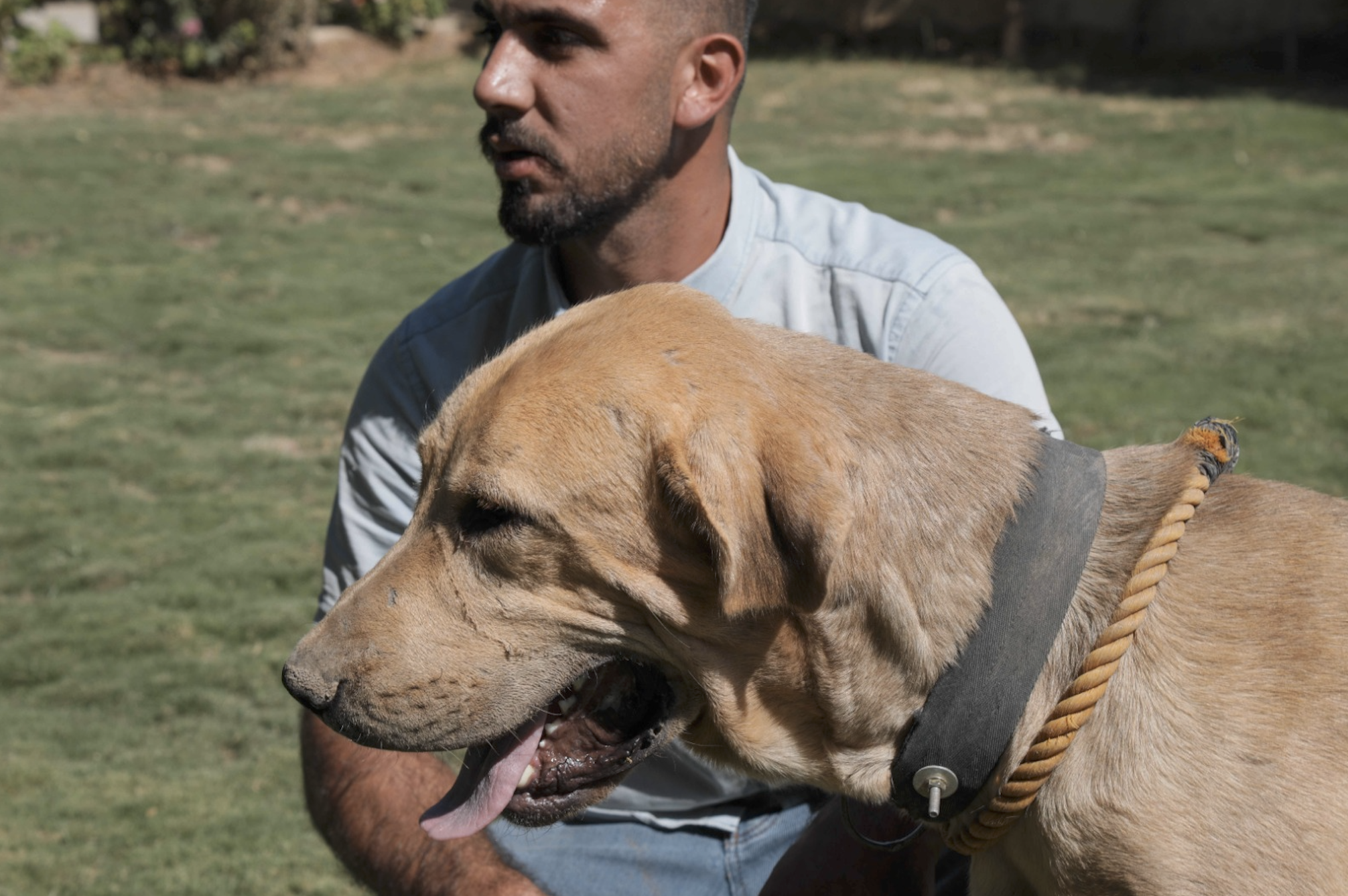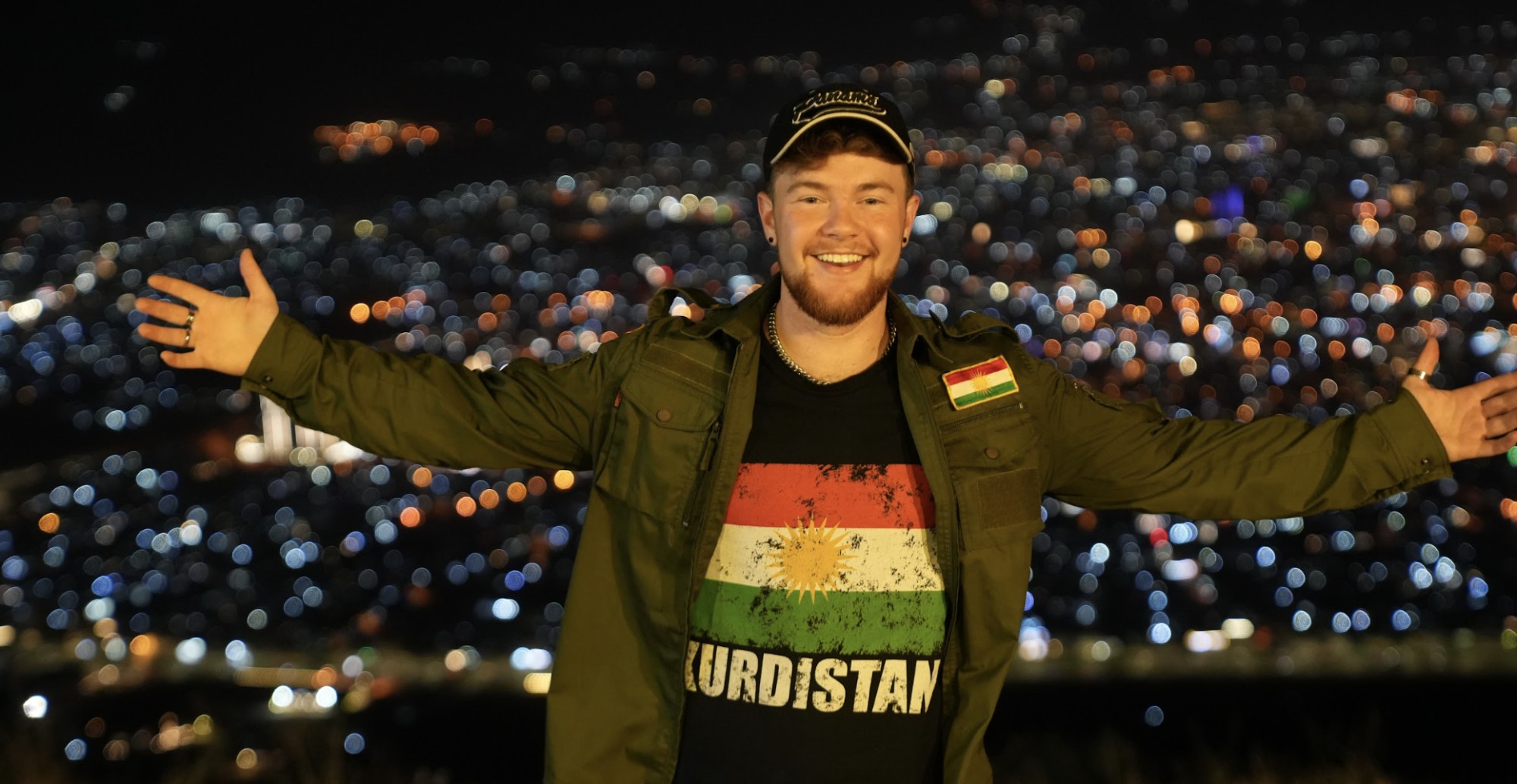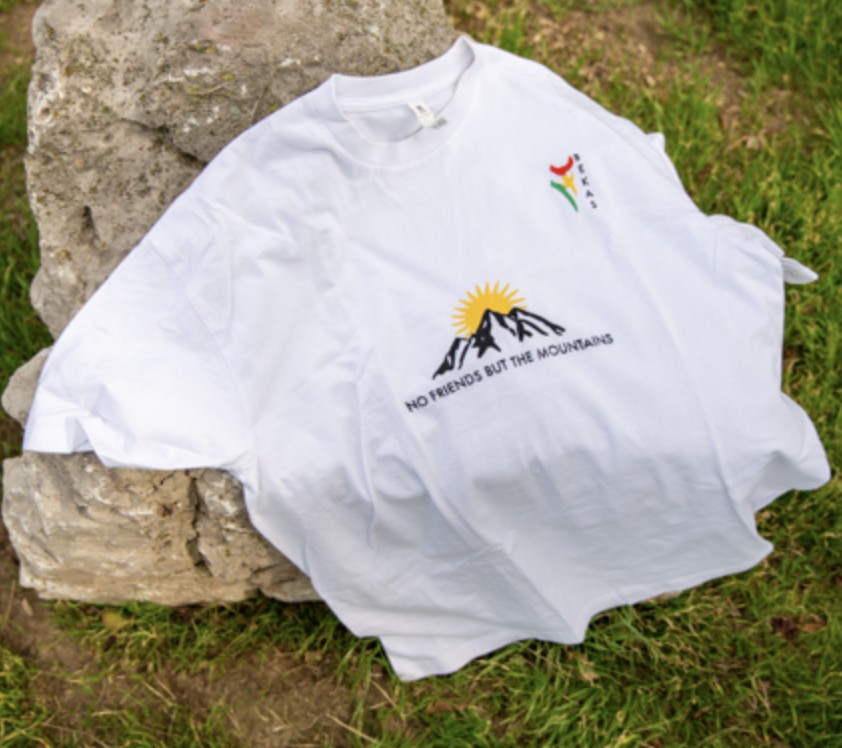Iraqi Kurds hold a deep sense of pride in the Pishdar dog or Kurdish Mastiff, a remarkable breed that traces its roots to the rugged terrain of the Pishdar district near the Iranian border. Bearing a resemblance to the English Mastiff and the Turkish Kangal, the Pishdar is celebrated for its sheer size, extraordinary strength, and unmatched courage. Males of this breed can tower up to 90 centimeters in height and tip the scales at a staggering 80 kilograms, boasting a life expectancy of 10 to 13 years.
Pishdars are valuable animals in the Kurdistan Region of Iraq (KRI), particularly in mountainous areas, with prices for some exceeding $10,000. They are frequently used as livestock guardians and in combat sports.
Ahmed Nabi, a Kurdish shepherd, shared his story while tending to his flock of sheep within the rocky confines of the Pishdar district, two formidable Pishdars at his side. He described the immense danger posed by the local wildlife, including wolves, bears, and foxes, and how owning a Pishdar is a matter of life and death in this unforgiving landscape. “The Pishdar is very strong and fearless; it is not afraid of anything, not even a pack of wolves,” he proudly stated.

He emphasized that Pishdars work tirelessly, sleeping during the day and staying awake at night, solely dedicating themselves to safeguarding the sheep and their shepherd. Ahmed recounted a recent encounter where his two Pishdars valiantly repelled three raiding wolves that ventured too close. “Basically, if you don't have a Pishdar, you can't be a shepherd here,” he explains.
However, having a Pishdar dog is not easy for a shepherd like Ahmed because they are so expensive and most shepherds cannot afford them. Moreover, their numbers are decreasing, as Iranians travel to Pishdar to buy them for dog-fighting competitions in which gambling is involved.
“We either have to get a puppy, which is less expensive, breed them ourselves, or borrow them from other people, because otherwise it is too expensive for us,” Ahmed explained.

Deep roots
Some historians refer to the Pishdar dog as the Assyrian Shepherd, tracing the breed back to the Assyrian Empire. There are, after all, Assyrian inscriptions and clay tablets that depict a type of dog that resembles the Pishdar and describe it as the best friend of humans. Some of the inscriptions depict the dog fighting a lion.
Kardost Hasan, 27, is from Ranya, which is near Pishdar district. He has had a strong attachment to Pishdar dogs since he was a child. He currently has 11 dogs, the names of which include Shera Sor (Red Lion), Qoza (Handsome), Ruta (Naked), and Shina (Blue). He describes the dogs as calm and obedient, but always on high alert for any danger and ready to charge if they sense it.
He explained that Pishdars are not suitable as pets in a home or an apartment because they need to run at least 10 kilometers every day. For this reason, he keeps all his dogs at his farm outside of Ranya and takes them every day to run and swim at Ranya Lake, which is only a few hundred meters from his farm.

According to Kardost, the names of Pishdar breeds that are popular today include Qassab, Saphira, and Ismail Nouradini, which is the name of a village in Pishdar.
Kardost also engages his dogs in dog fighting once or twice a year, and Shera Sor (Red Lion) has never been defeated.
When questioned about the ethics and legality of dog fighting, Kardost responded, “Dog fighting has been a part of Pishdar culture for centuries; the people of Pishdar can't accept if they hear there is a dog not only in the KRI but also in neighboring countries that is braver than the Pishdar; once they hear that, they set a fighting date.”

High stakes
Despite being prohibited in the KRI, dog fighting in Pishdar occurs monthly during the fall and winter months. Around 2,000 people gather to witness these contests, which are more popular in Pishdar than football. For the people here, dog fighting is not about gambling or money; it is about pride and determining whose dog is the better fighter.
According to Kardost, Iranians have purchased increasing numbers of Pishdars in recent years, often to compete in dog fighting that includes gambling because large sums of money are involved. Others are purchased for Iranian villages, whose large flocks of sheep require protection from wolves.
He expressed concern over the rise in Iranian purchases, warning that if the trend continues there will soon be very few Pishdar dogs left in the district. He urges authorities to intervene and prohibit their sale to Iran.

There is a strong belief among the people of Pishdar that if someone sells a Pishdar dog, something terrible will happen to that person. Nevertheless, the number of people selling them continues to increase.
Kardost claimed that he has never sold any of his Pishdars, preferring to gift them to friends and family. During the summer, he also allows shepherds to borrow them, not least because it benefits the dogs’ health as they thrive in the cool mountain climate.
He also highlighted the problem of thieves. Since Pishdars fetch such high prices, one cannot leave their dog unattended because it will be stolen. One of his puppies was stolen and his friend also lost one, which he later discovered was in Iran. Thankfully, with the assistance of police, the thief was detained, and the dog was returned to its owner.
Qassim Khidhir has 15 years of experience in journalism and media development in Iraq. He has contributed to both local and international media outlets.

